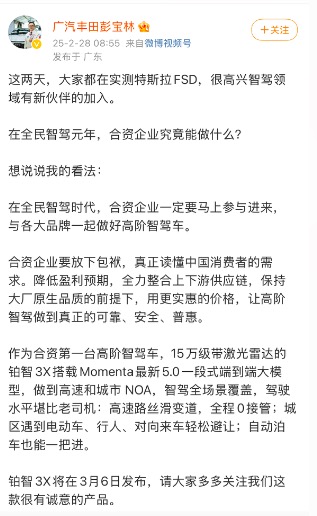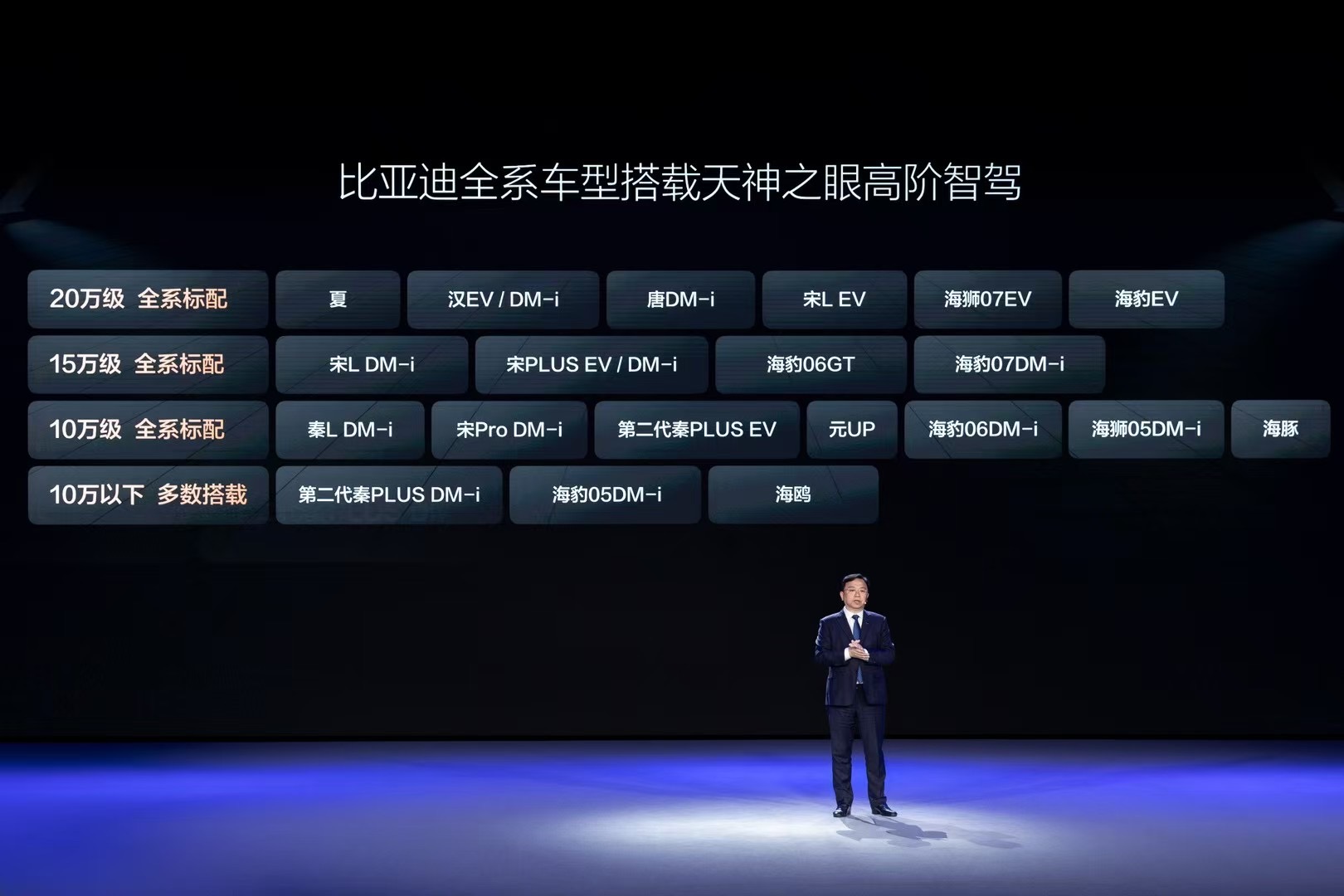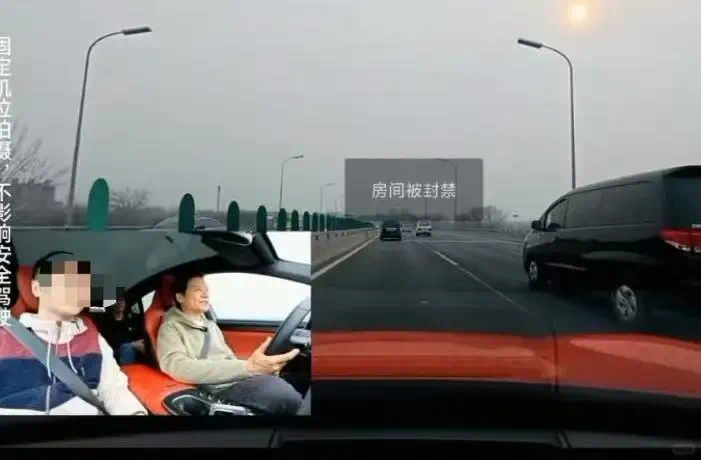
GAC Group is actively building a technological moat in the era of smart electric vehicles.
On April 12, at the 2024 GAC Technology Day, GAC Group launched a number of breakthrough technologies, such as the image-free pure visual intelligent driving system and all-solid-state power batteries, both of which are planned to be installed in vehicles in 2026.
In addition, the event also showcased a number of technologies including electromagnetic suspension, MLounge first-class cabin, MBoard2.0 intelligent chassis, and flying cars.
Let’s first look at all-solid-state batteries. As the core component of new energy vehicles, power batteries are directly related to key indicators such as driving range and safety. The development of power battery technology is also a technological highland for the global automotive industry’s electrification transformation.
GAC's all-solid-state power battery adopts high-area capacity solid-state positive electrode technology and third-generation sponge silicon negative electrode sheet technology (new nano-silicon composite negative electrode). Compared with the current top liquid lithium-ion batteries, its volume energy density and mass energy density are increased by more than 50%, allowing the vehicle's cruising range to stably exceed 1,000 km. It is expected to be installed on the Haobo model in 2026.
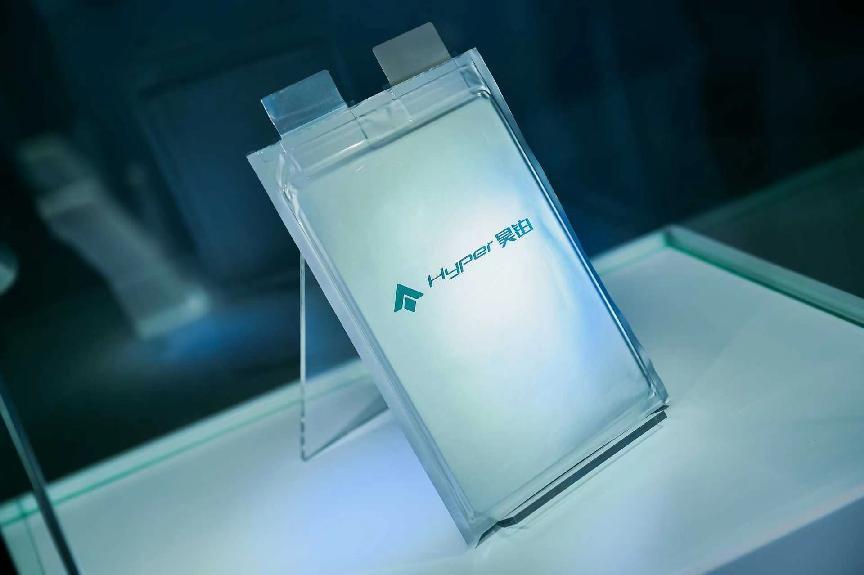
In terms of safety, GAC's all-solid-state power battery uses a high-strength and dense composite electrolyte membrane, which prevents the battery from exploding during a 200°C hot box test, setting a new height in the safety of high-energy-density batteries.
In terms of cell capacity, this all-solid-state power battery realizes the manufacture of large-size multi-layer stacked all-solid-state battery cells with a capacity of 30Ah, far exceeding the current highest level in the industry (10Ah-15Ah), laying the foundation for the application of automotive-grade all-solid-state power batteries.
Let’s take a look at mapless intelligent driving.
According to data provided by GAC Group, the coverage rate of high-precision maps of intelligent driving systems on the current market is only 6% of all roads, which means that 94% of roads cannot be accurately driven by high-precision maps. Therefore, map-free intelligent driving has become a new trend since this year.
Compared with the current mainstream technology route, GAC's map-free pure visual intelligent driving system launched at this Technology Day not only does not require high-precision maps, but also does not rely on lidar. Instead, it combines visual sensors and AI algorithms to perceive the world like humans, using a simpler hardware system to achieve intelligent driving with a wider coverage.

It is reported that this system can accurately identify and understand the structure of the road, whether it is a ramp, tunnel, curve, intersection, fork road or other complex scenes.
Secondly, through deep neural networks, the system can accurately identify various traffic light elements, including traffic light type, various symbols and colors, countdown, and flashing status.
Again, the system's perception range reaches more than 150 meters in front of the vehicle, 100 meters behind the vehicle, and 50 meters to the left and right, which is 1.5 times the industry level. In addition to common traffic factors such as vehicles, pedestrians, riders, and small animals, the perception categories also include irregular obstacles such as carts and camp tents.
In parking scenarios, the system's minimum error can be controlled to 5cm, enabling the industry's most difficult parking functions in three-dimensional parking spaces and narrow parking spaces.
It is worth noting that GAC has simultaneously deployed two major technical routes in the field of autonomous driving technology: the mainstream "multi-sensor fusion technology" and the forward-looking "pure vision technology without image", both of which will get rid of the dependence on high-precision maps.
In addition to the above-mentioned technologies that build core competitiveness, GAC Group also brings more imaginative new technologies.
For example, flying cars. Previously, GAC Group's first flying car GOVE achieved its first global flight at GAC Technology Day last year, and performed a flight demonstration over Guangzhou CBD in March this year, completing the first flight verification in a complex low-altitude environment for urban public.
GAC's new light commercial vehicle segment, Qiji Automobile, was also officially launched at this Technology Day. The MLounge Qiji first-class cabin on display supports L2 to L4 intelligent driving and will be mass-produced this year.
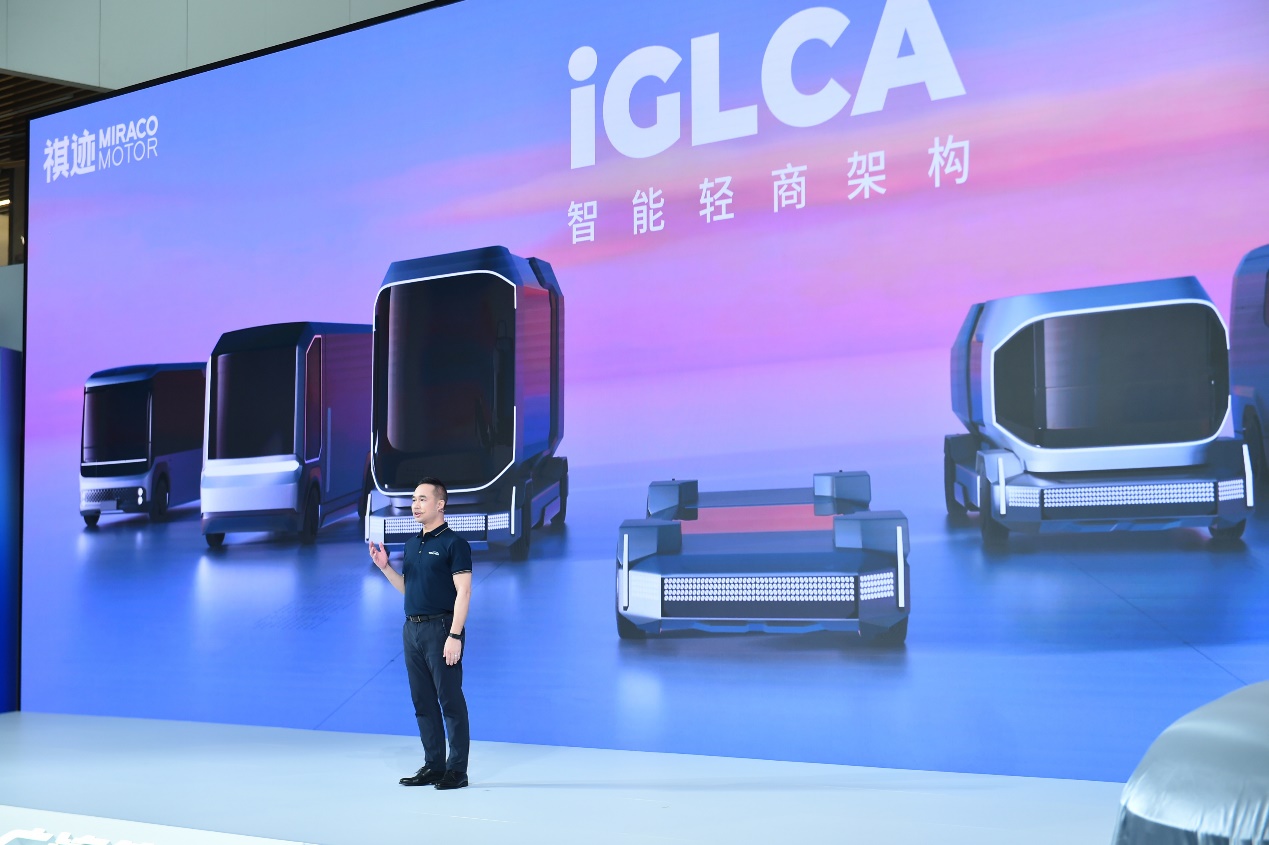
Public data shows that in 2023, GAC invested nearly 8.4 billion yuan in independent research and development throughout the year, and applied for nearly 3,200 new patents, of which invention patents accounted for about 50%. So far, the cumulative independent research and development investment over the years has exceeded 45 billion yuan.
In the crowded smart electric race, GAC Aion is one of the few domestic automakers that can surpass the new forces in the rankings. At this point, it is time for the major state-owned giants to catch up.
